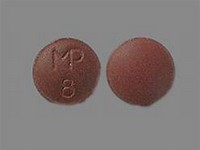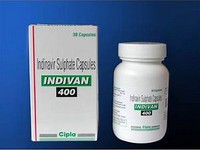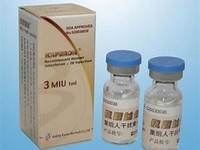Valproic acid

CLINICAL USE
Treatment of manic episodes associated with bipolar disorder
DOSE IN NORMAL RENAL FUNCTION
1–2 g daily in 2–3 divided doses
PHARMACOKINETICS
Molecular weight : 144.2 %Protein binding : 85–94 %Excreted unchanged in urine : <3 Volume of distribution (L/kg) : 0.1–0.4 half-life – normal/ESRD (hrs) : 14/Increased DOSE IN RENAL IMPAIRMENT
GFR (mL/MIN)
20 to 50 : Dose as in normal renal function 10 to 20 : Dose as in normal renal function <10 : Start with a low dose, adjust according to response DOSE IN PATIENTS UNDERGOING RENAL REPLACEMENT THERAPIES
CAPD : Not dialysed. Dose as in GFR <10 mL/min HD : Dialysed. Dose as in GFR <10 : mL/ min HDF/high flux : Dialysed. Dose as in GFR <10 : mL/ min CAV/VVHD : Dialysed. Dose as in normal renal function IMPORTANT DRUG INTERACTIONS
Potentially hazardous interactions with other drugs Anticoagulants: may increase anticoagulant effect of coumarins Anti-epileptics: concentration reduced by carbamazepine, phenytoin and primidone; concentration of active carbamazepine metabolite increased; concentration of lamotrigine, primidone, active metabolite of primidone, and possibly ethosuximide increased; sometimes reduces concentration of active metabolite of oxcarbazepine; alters phenytoin concentration; phenytoin and primidone reduce valproate concentration Antipsychotics: increased risk of neutropenia with olanzapine Antivirals: may increase zidovudine levels and resulting toxicity Ciclosporin: variable ciclosporin blood level response Cimetidine: valproate metabolism inhibited ADMINISTRATION
Reconstition
– Route
Oral Rate of Administration
– Comments
– OTHER INFORMATION
May cause carnitine deficiency Dialysis removes about 20% of dose .
See how to identify renal failure stages according to GFR calculation
See how to diagnose irreversible renal disease
Home








.JPG)
